Original Wizard of Oz Cast That Couldn t Continue
Released in 1939, The Wizard of Oz is today seen as one of the most iconic American films. It is a feel-good story of a lost girl finding her way back home, as she makes new friends in a fantasy realm known as Oz. The film is still renowned for its practical effects, songs like Over The Rainbow, and 16-year-old Judy Garland's star-making performance as Dorothy.
However, over the years, it has been revealed that the film had a tragic series of unfortunate events in its making. With workplace harassment, lethal makeup, and pay gaps, there were several issues with the film that would not stand well in today's times.
10/10 Molestation By The Munchkins
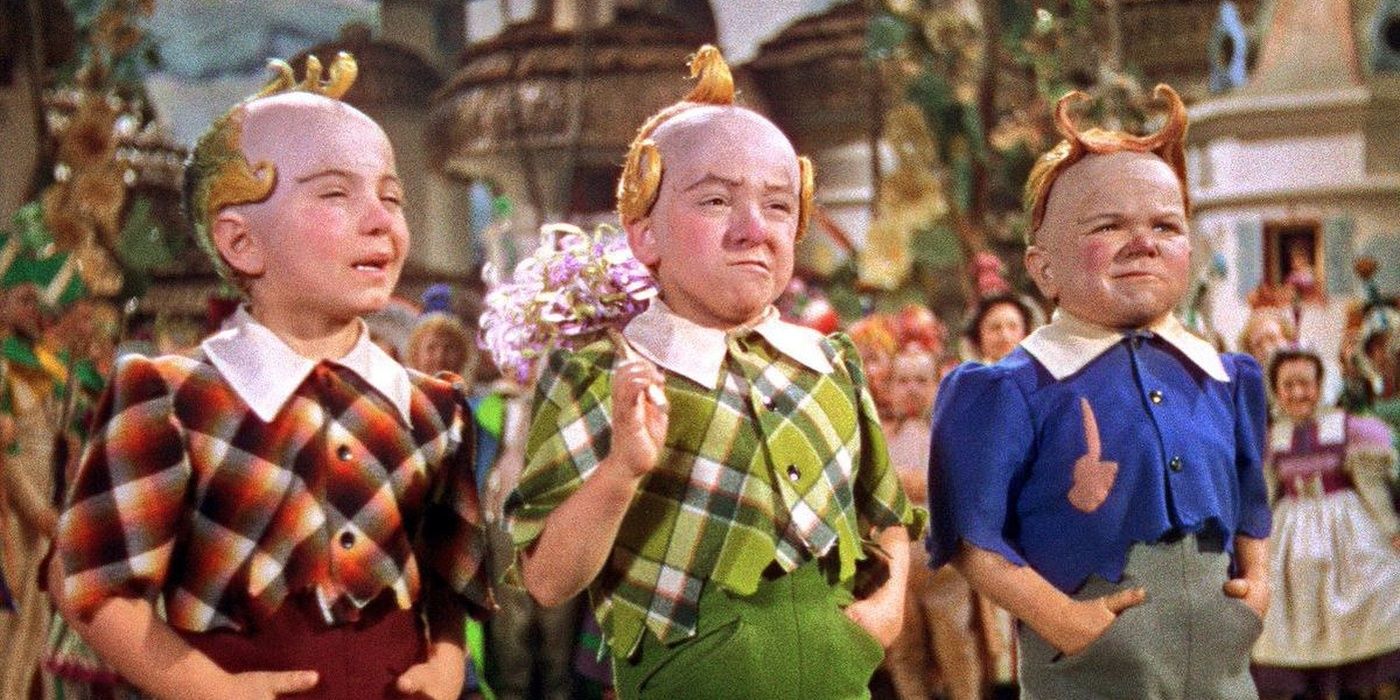
"They'd make Judy's life miserable on set by putting their hands under her dress … The men were 40 or more years old. They thought they could get away with anything because they were so small." That's how a passage reads, from the book Judy and I, a memoir by Judy Garland's ex-husband, Sid Luft.
While reports of the Munchkin actors showing up to the shooting hungover have been known, this allegation gets more serious (even though the particular actor who might have done this heinous act was never revealed). Jerry Maren, the last surviving Munchkin actor at the time, discussed these claims with writers and reporters who had written about the munchkins. According to him, Luft made a claim to promote his book. The actual truth still seems cloudy as of now.
9/10 Margaret Hamilton's Burns
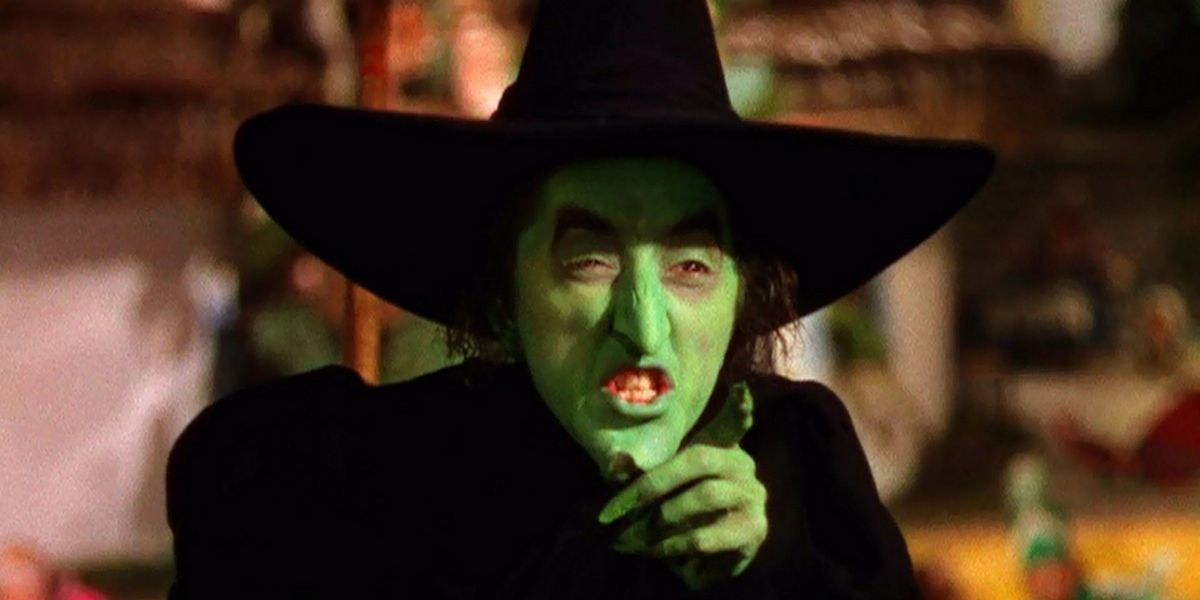
Margaret Hamilton's portrayal of the Wicked Witch of the West has to be one of the most iconic aspects of the film. Unfortunately, Hamilton suffered a second-degree burn on her face and a third-degree burn on her hand during filming. These burns were a result of a retake of the scene featuring her fiery exit from Munchkinland.
What's sad is the lack of financial compensation for the actor after the accident. She was hospitalized for six weeks but refused to sue the producers for the harm done. "I won't sue because I know how this business works, and I would never work again," she said, revealing her lack of faith in any support from the studio.
8/10 L Frank Baum's Unapologetic Racism
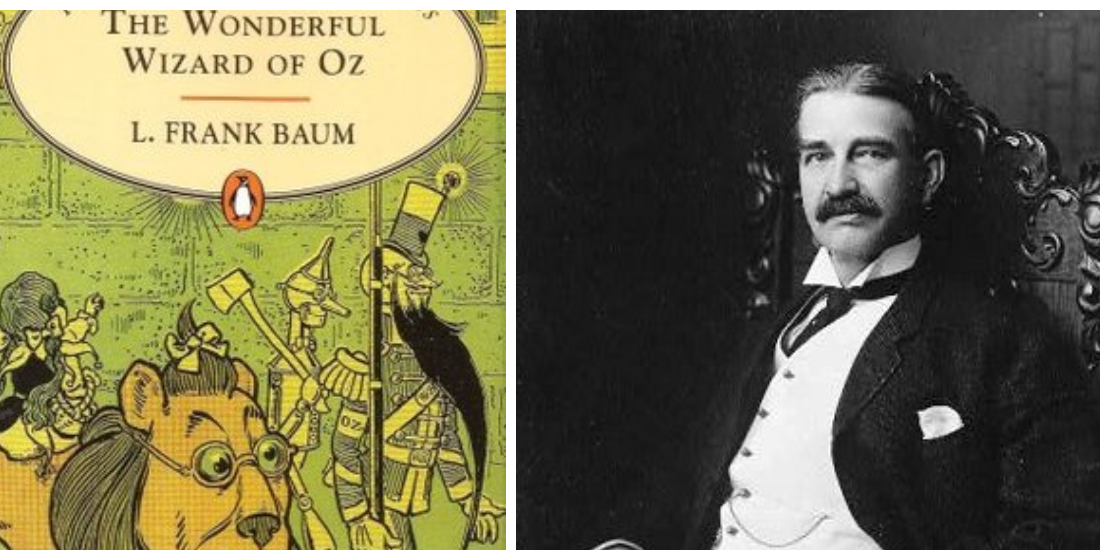
L Frank Baum, the novelist behind The Wizard of Oz and its sequels, created several fascinating lands for innocent children to read. But he also out-right harbored a racist and hateful mentality, particularly for Native Americans, and often espoused this racism in newspaper editorials.
"... the best safety of the frontier settlements will be secured by the total annihilation of the few remaining Indians. Why not annihilation? Their glory has fled, their spirit broken, their manhood effaced; better that they die than live the miserable wretches that they are," reads one of his shocking editorials from 1890. Reading such vitriol by Baum today could definitely be scarring to those who appreciated him in their childhood.
7/10 The Director Slapped Judy Garland
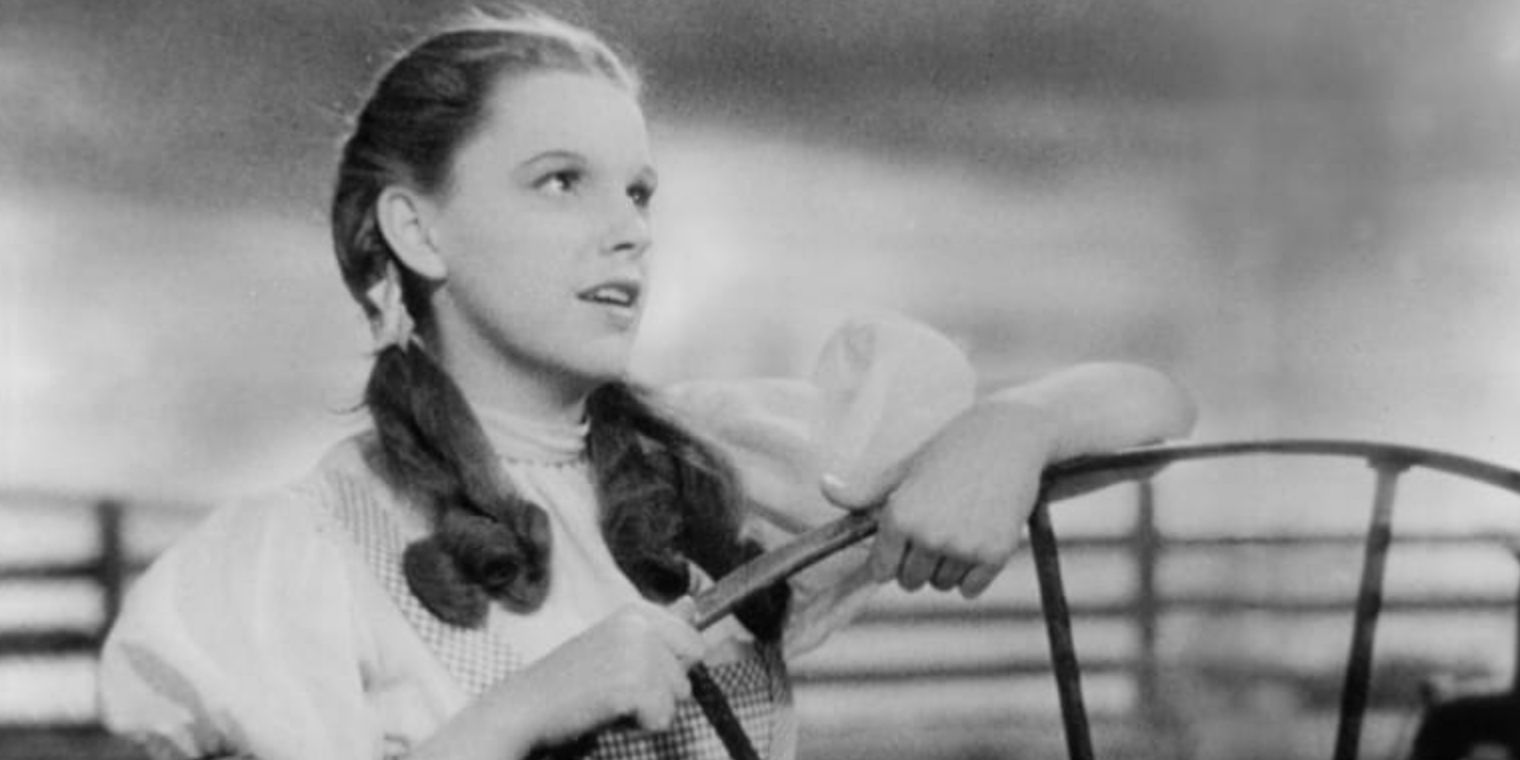
Even though this role seemed like a dream come true for young Judy Garland, the actress was pushed to toxic limits and heavily patronized. For instance, she was put on a strict diet of chicken soup, black coffee, and four packs of cigarettes a day in order to lose weight.
Another extreme instance was when director Victor Fleming slapped the actress because she was giggling in a particular scene. The scene involved Dorothy slapping the Cowardly Lion, but Judy Garland couldn't stop laughing while shooting, leading to several retakes. Fleming apparently took Garland to a corner and slapped her. Even though Garland could complete the scene after this incident, it goes on to show the dehumanizing control that Fleming had over her.
6/10 A Sexist Wage Gap
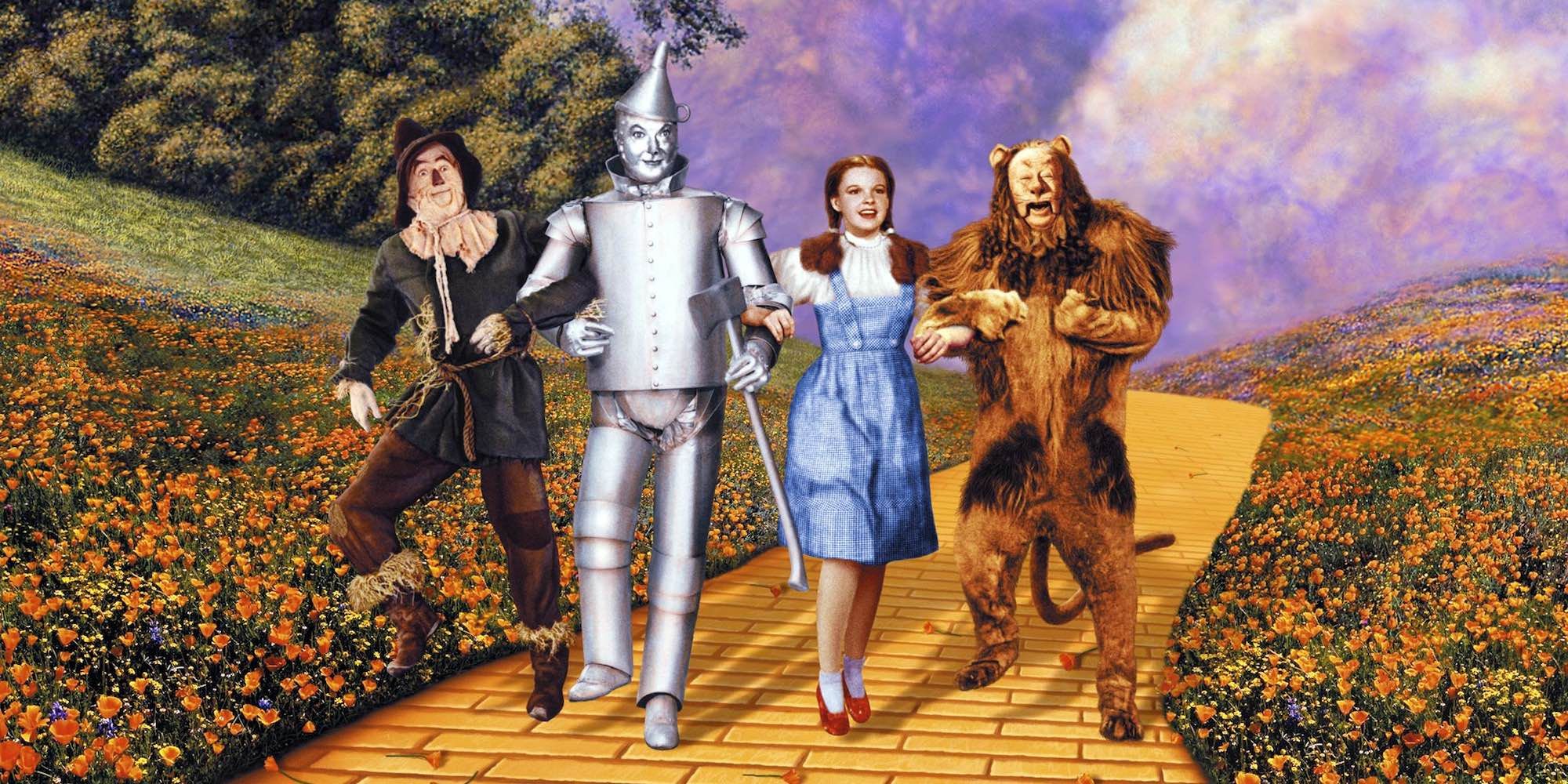
For its time, The Wizard of Oz had quite the ensemble but it was obvious that the protagonist Dorothy carried the crux of the movie, be it through her monologues or the songs. And yet, what's surprising is that Judy Garland was paid less than her male co-stars.
While Garland was paid $500 every week, co-stars like Ray Bolger (Scarecrow) and Jack Haley (Tin Man) made about $3,000 for the same time period.
5/10 A Probable Start To Judy Garland's Drug Abuse
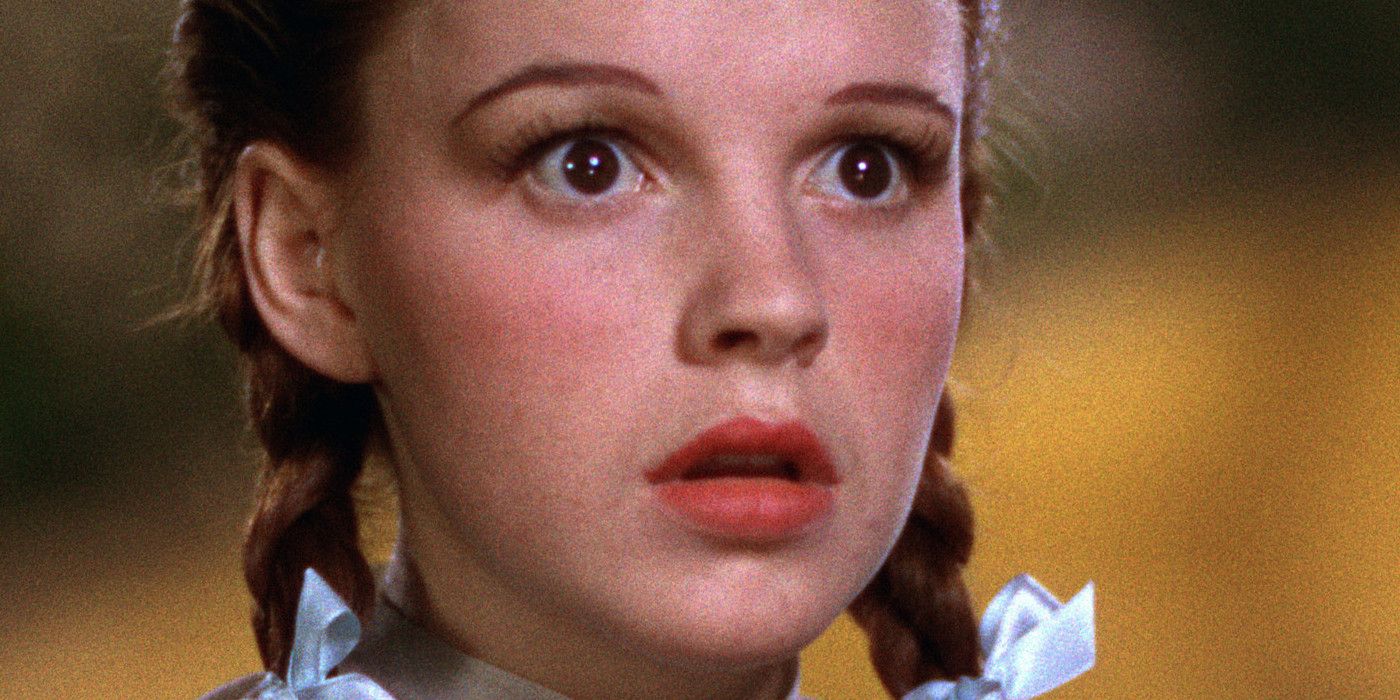
It's a tragedy that Judy Garland was considered one of Hollywood's finest starlets and yet, she passed away abruptly at the age of 47. Struggling with the mental and societal pressures of early stardom, Garland's adulthood was riddled with substance abuse and alcoholism.
As mentioned before, the studio executives behind The Wizard of Oz kept her on a strict diet. Additionally, they also made her take 'pep pills' to control her appetite. Even though she had taken these pills in her initial films, she increased her dosage of amphetamines and barbiturates to stay as slim as possible for the role of Dorothy, as the producer Louis B Mayer pressured her to stay in shape.
4/10 Dangerous Prosthetics
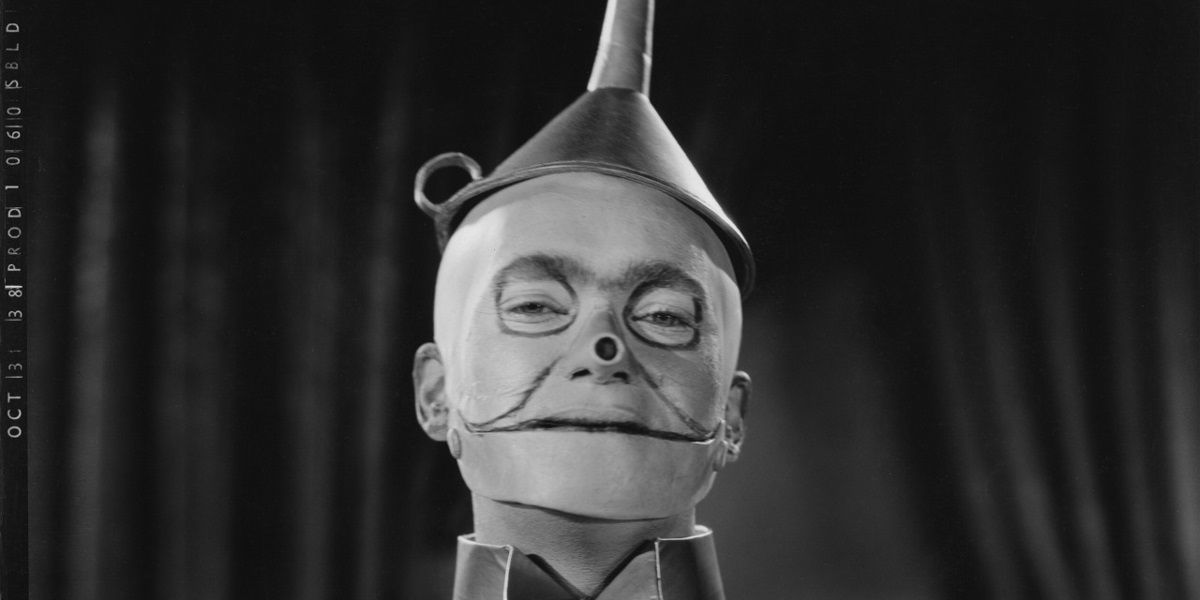
Much like the film's other elements, the makeup team's prosthetic work was also quite dangerous. Buddy Ebsen was originally cast as the Tin Man, but the makeup was such that he was breathing in pure aluminum into his lungs. He suffered from cramping of his limbs and his skin turned blue from this reaction. The studio ended up being furious at Ebsen and cast Jack Hayley instead.
Similarly, Ray Bolger incurred scars on his face from the uncomfortable Scarecrow mask that made it difficult for him to breathe during shooting.
3/10 Using Asbestos For Snow
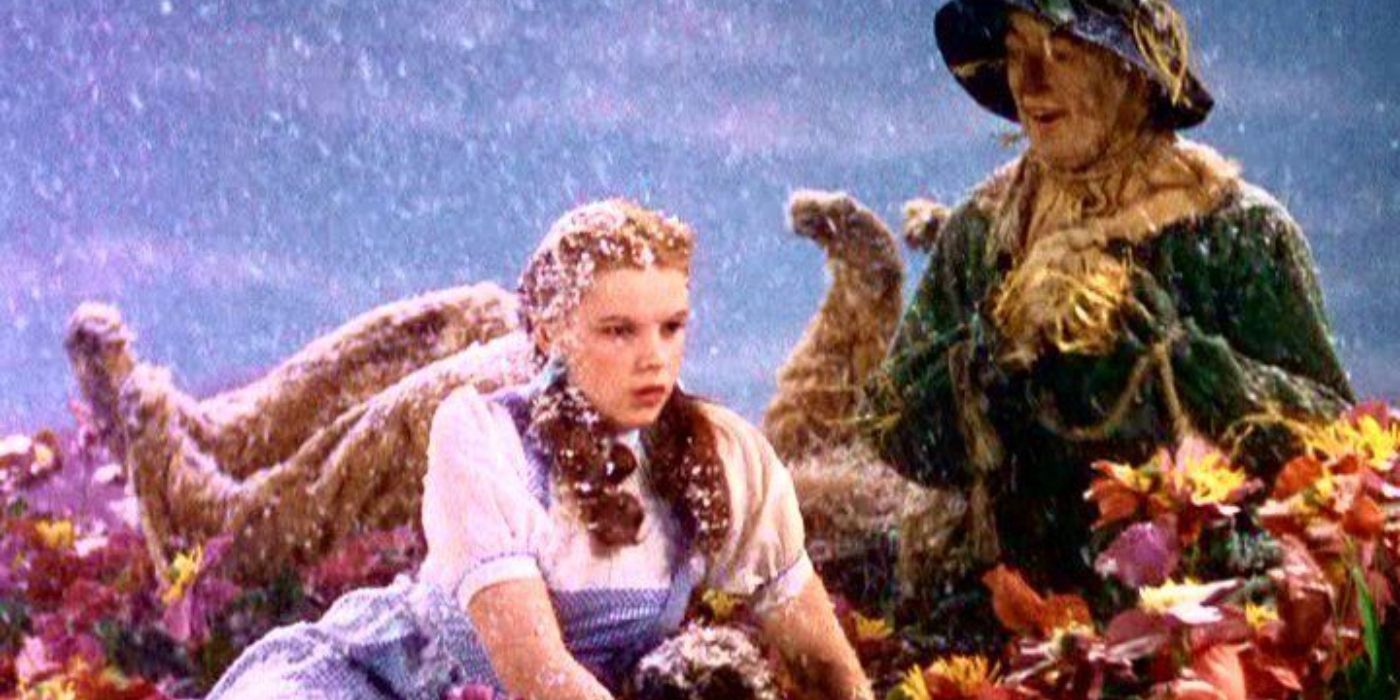
It would seem surprising but back in the 1930s, asbestos was commonly used in film sets and for Christmas decorations. A scene featuring snow in a poppy field featured clouds of lethal asbestos. Chyrositile (also known as white asbestos) does resemble snow and hence, used to be sold under brand names like White Magic and Pure White.
The Scarecrow's costume too had to be layered and flame-proofed with asbestos, as the character was involved in a few scenes involving contact with fire.
2/10 Toto's Overpowering Stardom
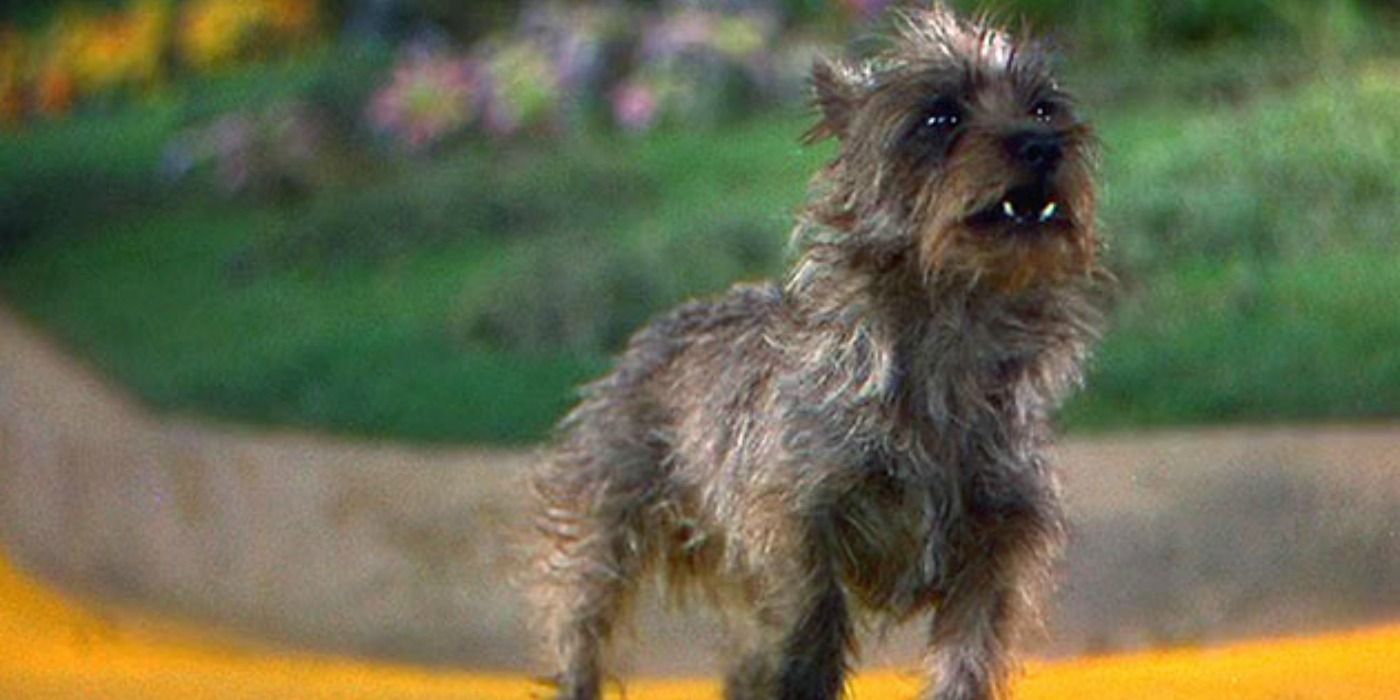
Dorothy's dog Toto was an important performer in the film, even though the canine obviously had no speaking parts. What's unfair and unfortunate was that Toto was paid more than the actors playing the Munchkins. While the Cairn Terrier (originally called Terry) earned $125 per week, the Munchkins actors earned only $100 dollars per week. Then their manager, Lew Singer, took 50 percent from their pay as his commission.
For an industry that has been largely unfair to people with physical differences, it's a shame that a dog made more money than the little people who had to wear multiple costumes and perform song and dance routines.
1/10 The Scarecrow's Gun
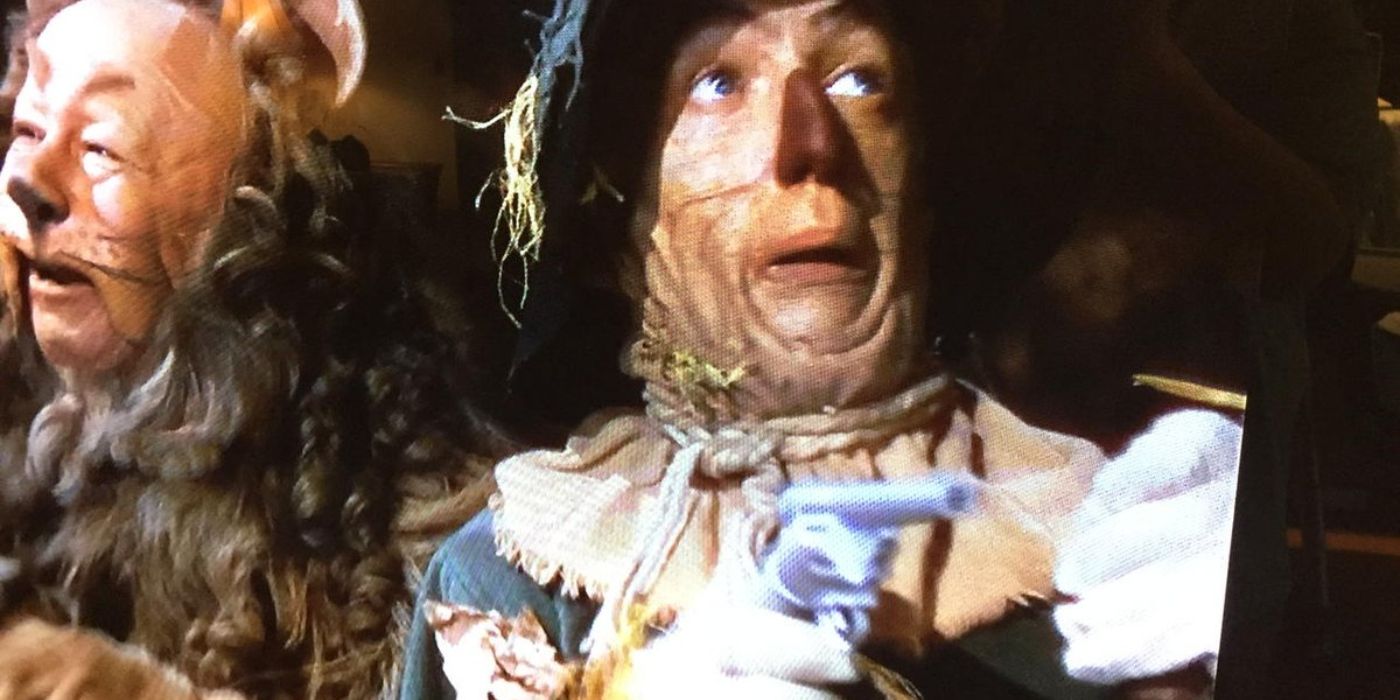
Because of the sensitive nature of gun violence, movies rated PG or PG-13 must avoid the excessive use of firearms. So it's surprising then to find the Scarecrow wielding a gun in a harmless children's fantasy like The Wizard of Oz.
It's quite a confusing and unnecessary detail that doesn't fit well with the rest of the film's aesthetic. In fact, nowhere in the screenplay is it mentioned that the Scarecrow holds a handgun in the Haunted Forest. Contrasting with this is the Cowardly Lion, who just has bug spray and a butterfly net for protection.
Source: https://screenrant.com/things-from-wizard-of-oz-that-wouldnt-fly-today/
0 Response to "Original Wizard of Oz Cast That Couldn t Continue"
Post a Comment